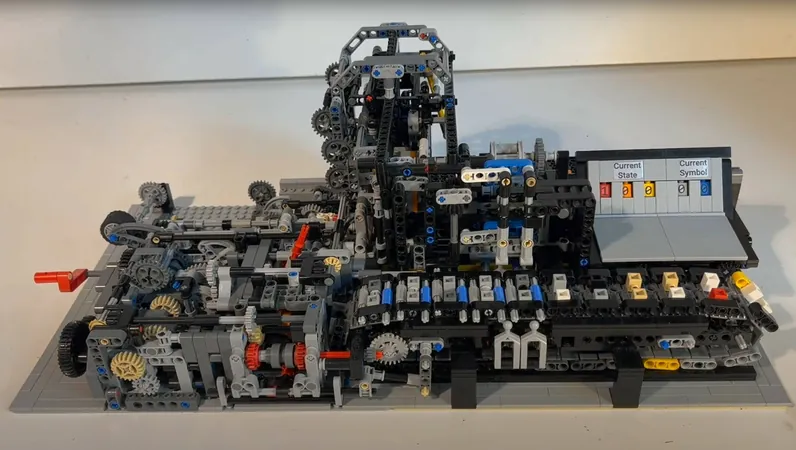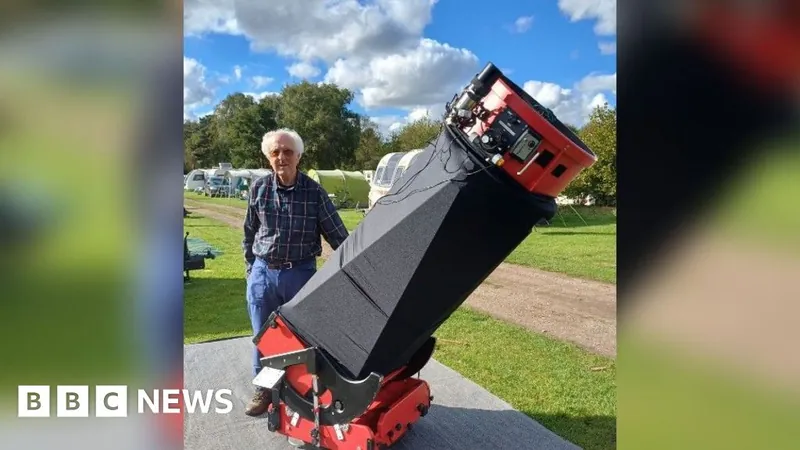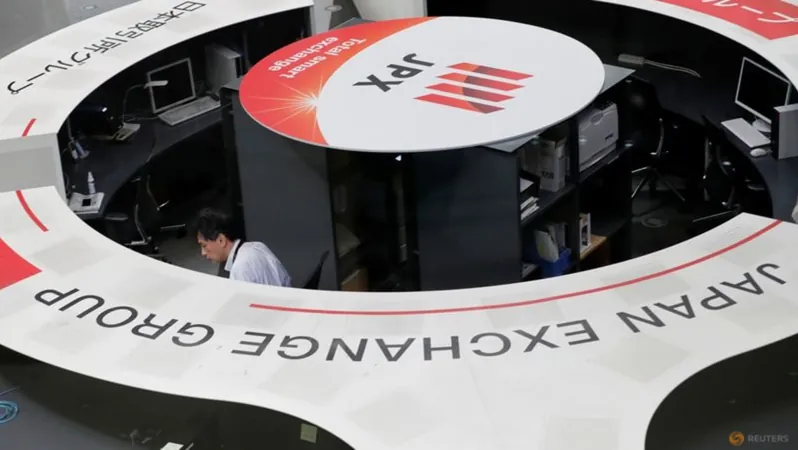
A Groundbreaking Lego Turing Machine Challenges the Limits of Creativity
2024-10-05
In a remarkable fusion of engineering and computation, a fully operational Turing Machine has recently been submitted for review on Lego Ideas, boasting approximately 2,900 individual parts and a hefty dose of ingenuity. This innovative creation pays homage to Alan Turing, the pioneering mathematician who devised the theoretical model for a Turing Machine in 1936, originally intended to simulate any computer algorithm.
Understanding Turing's Concept
Turing's groundbreaking concept consisted of an infinitely long tape that could be manipulated to read and overwrite symbols, a head that executed these tasks, a finite state control that defined the machine's condition, and a table linking various state-symbol combinations with subsequent instructions. Although physical renditions of Turing's model serve as an interesting computational challenge, they are not nearly as efficient as specialized silicon computers. Nonetheless, Turing Machines remain significant educational tools for those studying computation.
The Creator's Journey
Enter The Bananaman 2018, the creative genius behind this Lego Turing model. The builder first encountered the Turing Machine concept a few years back and, despite its abstract nature, was driven to transform it into a tangible Lego construction. "Initially, my ideas were wildly impractical, and I often halted the early designs," shared The Bananaman. "Three years ago, I finally created a feasible prototype, crafting a segment of the tape alongside a rudimentary 'truth table' using a 32-speed gearbox."
Development and Challenges
As time progressed, adaptations were made, leading to a more efficient design using registers. This intricate prototype was completed during recent vacations. The project posed unique challenges, particularly regarding Lego's submission parameters, which initially capped at 3,000 parts. Fortunately, The Bananaman managed to scale his model to around 2,900 parts, and the limit has since increased to 5,000.
Notably, some components, like one of the larger gears, were sourced from 3D printing. The decision was made to utilize printed parts rather than wait for online purchases, which could be lengthy and expensive. Before diving into Lego creation, a real-world model was constructed to ensure functionality.
Durability and Mechanism
When questioned about the model's durability, The Bananaman acknowledged previous experiences where Technic mechanisms had a propensity for disassembling. "The mechanism is incredibly precise and requires careful calibration," he explained. "To accommodate this, I reinforced the base and established numerous redundant connections. While certain elements can still be fragile, I'm eyeing further enhancements."
Motorization and Safety
The original concept included a motorized function, but a crank was later adopted for its safety and cost-effectiveness. "It’s vital to ensure safety in case the mechanism encounters a hitch," he added.
Community Support and Future Goals
As of now, the Lego Turing Machine is a standout creation, accumulating nearly 4,000 supporters. To move to the next stage, it requires a total of 5,000 votes. If it reaches 10,000, it will enter the Expert Review phase, where Lego professionals will assess its viability for production based on feasibility, creativity, and engineering strength.
Monica Pedersen, Marketing Director for LEGO Ideas, commented, "This Turing Machine is indeed a complex build. Previous launches like the LEGO Ideas Typewriter offered intricate building experiences, but the Turing Machine truly raises the bar."
This submission marks The Bananaman's fourth attempt to have his creations recognized by Lego Ideas, showcasing the evolution of his skills on his YouTube channel. However, exploring the YouTube Lego Technic community could lead you down a rabbit hole filled with mesmerizing projects, from mechanical calculators to automated drummers.
Looking Ahead
As he considers his next venture, The Bananaman is advised to perhaps take on a simplified CPU design or even recreate a version of the Turing-Welchman Bombe. With determination and creativity, who knows what revolutionary Lego innovation he will dream up next? Stay tuned!






 Brasil (PT)
Brasil (PT)
 Canada (EN)
Canada (EN)
 Chile (ES)
Chile (ES)
 España (ES)
España (ES)
 France (FR)
France (FR)
 Hong Kong (EN)
Hong Kong (EN)
 Italia (IT)
Italia (IT)
 日本 (JA)
日本 (JA)
 Magyarország (HU)
Magyarország (HU)
 Norge (NO)
Norge (NO)
 Polska (PL)
Polska (PL)
 Schweiz (DE)
Schweiz (DE)
 Singapore (EN)
Singapore (EN)
 Sverige (SV)
Sverige (SV)
 Suomi (FI)
Suomi (FI)
 Türkiye (TR)
Türkiye (TR)